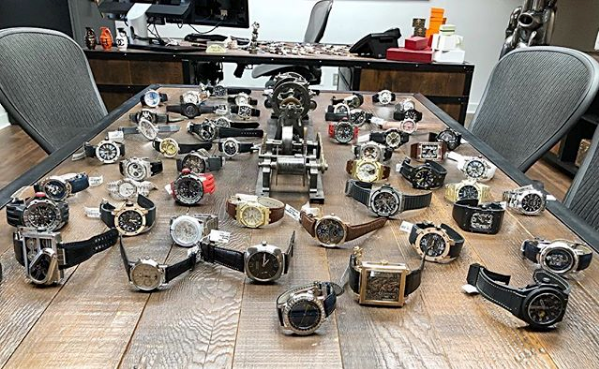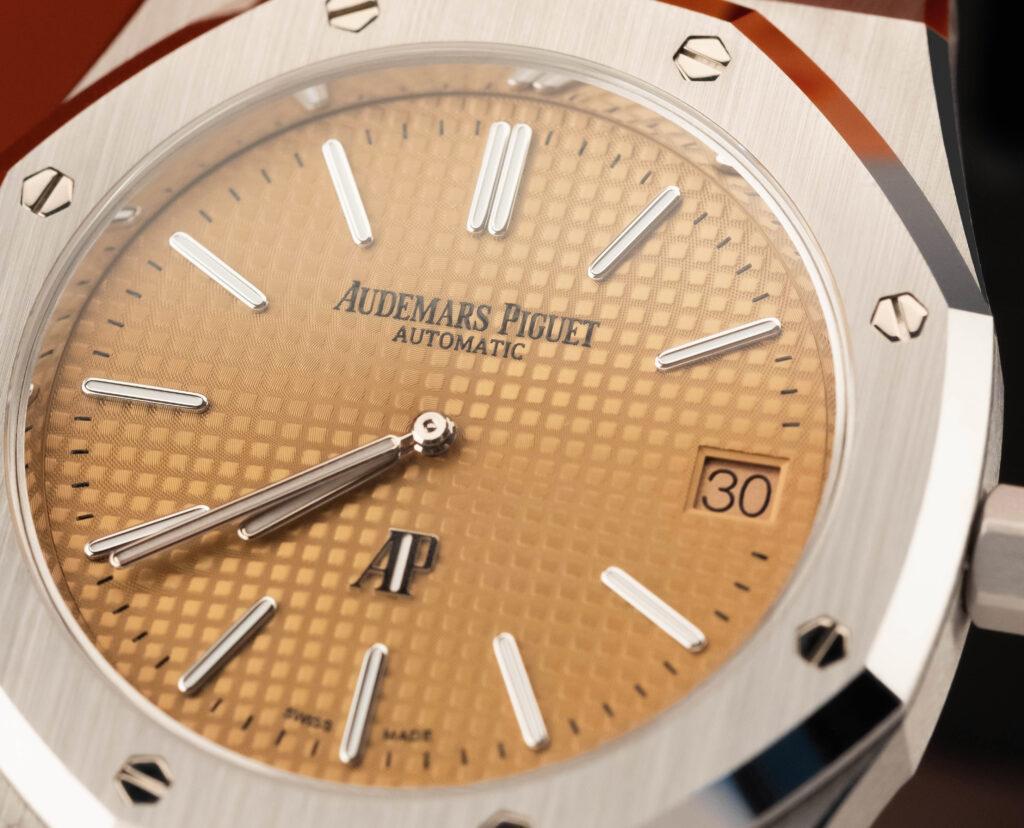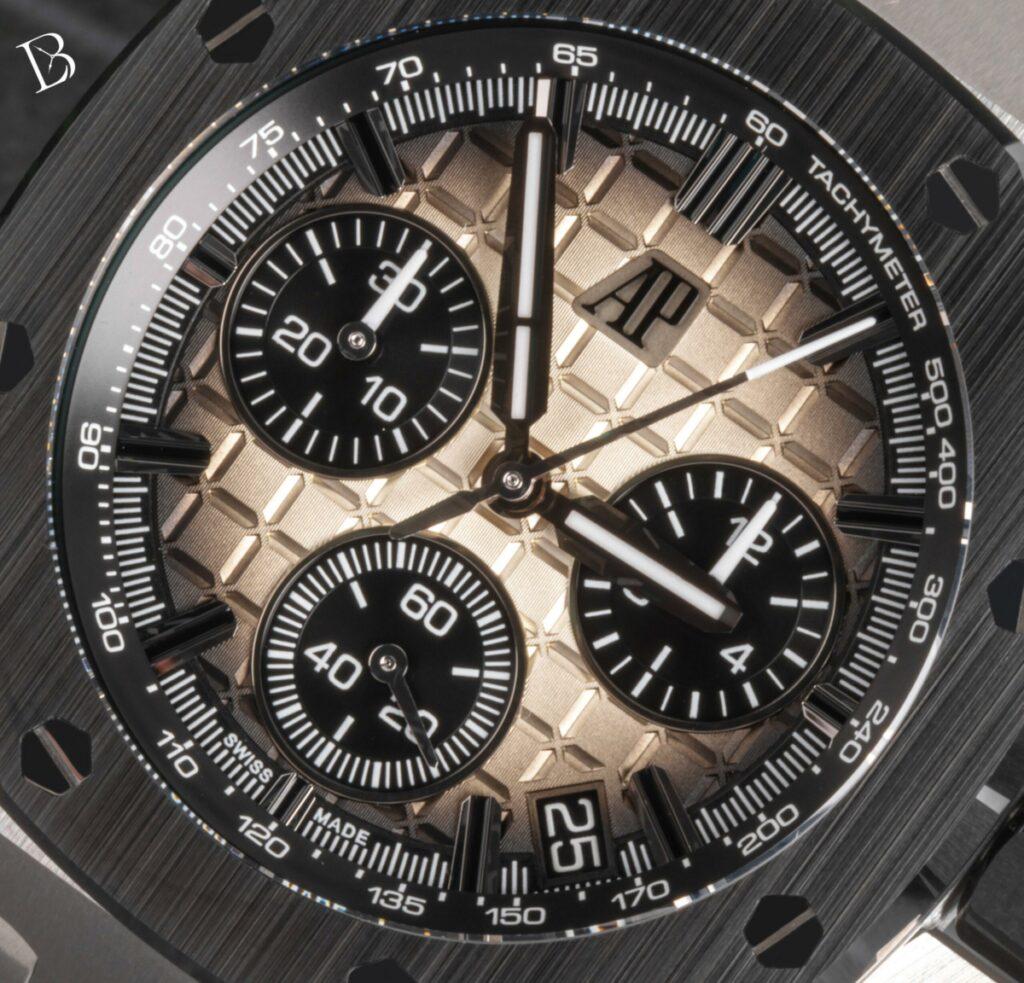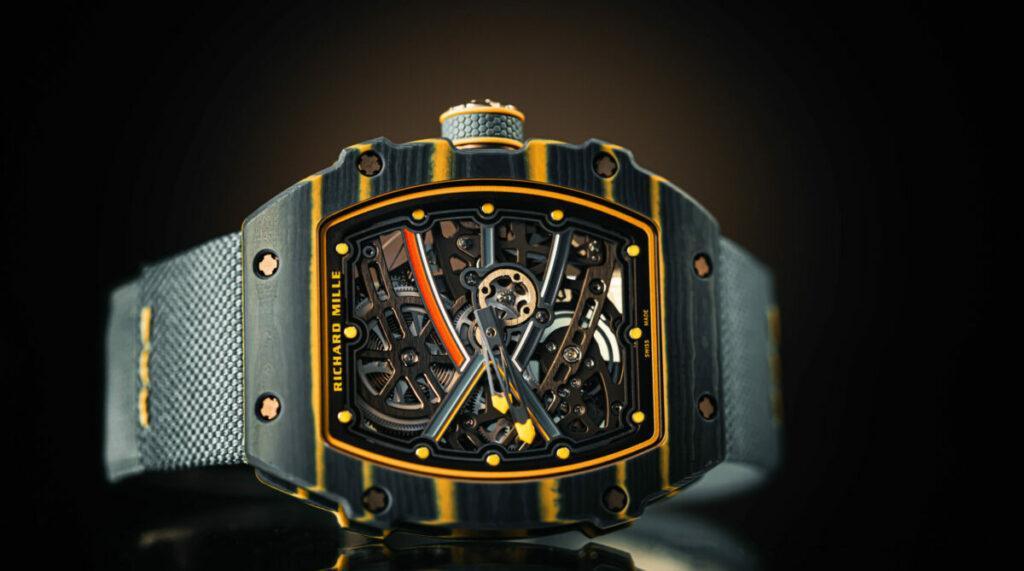A grey market dealer is a retail operation (whether online or brick-and-mortar) that sells goods outside of the official distribution network. Therefore, a grey market watch dealer is a business that buys timepieces from sources other than the watch brand manufacturer and sells them via its own retail operation that is not controlled by the watch brand.
Conversely, an authorized dealer (also known as ADs) buys directly from the watch brand (sometimes via an official distributor). An AD is contractually bound to follow the price lists, inventory management, marketing strategies, and sales channels set out by the brand. In short, the price to pay for direct access to new watches through the official channel is giving up sizable control of retail operations.

Grey market dealers are entirely legal entities that play a significant role in the watch industry; however, because they don’t belong to the official authorized network, they are often unfairly judged as being “less than” authorized dealers – when in fact, the opposite is true in many cases. Compared to ADs, grey market dealers are not only generally leaner, more flexible, and more innovative but they are also guided by market prices rather than the Manufacturer’s Suggested Retail Price (MSRP) list.
If you’ve ever wondered what a grey market dealer is and if you should buy from one, keep on reading as we lay out everything you need to know.
The Rise of Grey Market Watch Dealers
As mentioned, the usual authorized retail store works like this: the brand manufactures its watches and sells them to official distributors (or directly to authorized retailers) across the globe. The distributor sells the watches to authorized retailers, who then sell the watches to retail clients. Although grey market watch dealers are not a part of the authorized dealer chain, they still manage to source (and sell) luxury watches. But how?
The Earlier Years
It may come as a surprise to some outside the industry, but it’s uncommon for authorized retailers to reach out to grey market dealers with deeply discounted bulk offers when they have excess inventory. Remember, an authorized retailer is highly controlled by the brand, which means that the AD is often pressured to buy slower-moving watches to gain access to popular watches. Plus, when business is slow for ADs, the manufacturers do not allow them to cut retail prices, fearing that this may damage the brand’s reputation and value in their customers’ eyes.
It’s not hard to see how this strategy from the top can lead to bloated inventories for ADs that can be hard to move. That is unless they have access to a grey market dealer that is willing to make large volume orders in exchange for low prices. The grey dealer then sells these discounted watches through their own channels and passes on big savings to their clients, which can include wholesale or retail customers.
Pre-internet, grey market retailers often existed in major cities and had a storefront where they could display the watches and sell them at highly discounted prices. These transactions made little difference on the typical authorized retail channels. Unless you actually walked into a grey market watch dealer’s store, it was highly unlikely you would ever know they existed or that you could purchase watches at highly discounted prices. Now that the internet is such an integral part of the business, grey market retailers have been able to create a far bigger presence on the web. A Google search for any luxury watch now allows shoppers to see the prices offered by grey market dealers and buy their luxury watches online.
The United States is the second-biggest market for Swiss watches and is a hub for grey market watches. Online platforms such as LuxuryBazaar.com and others allow American consumers to easily access grey market watches, sometimes for far less than they might be sold for at a luxury watch retail store.
More Recent Times
While grey market dealers were once synonymous with discounted prices, things have changed dramatically. The luxury watch market boom we’ve witnessed over five or so years has led to a shortage of popular watches at ADs. Once relatively easy-to-find watch models at boutiques are no longer in stock and authorized stores are often empty. Clients are told they have to put their names on waitlists and wait by the phone for a call if their dream watch ever becomes available to them.
So the role of the grey market dealer has morphed as the market conditions changed. Grey dealers can offer access to exceedingly difficult-to-find watches but of course, at a premium. The focus isn’t exclusively on rock-bottom prices anymore – access and availability are now a big part of the watch grey market. And there are plenty of clients who are willing to pay those premium prices as long as they get to buy their grail watches.
Read more:
Breaking Down Rolex Prices: Retail vs. Actual Market for Top Models
Rolex Watch Prices: Historical and Current From Actual Sales Numbers
Furthermore, because grey dealers don’t have to adhere to brand rules, they can sell watches via channels that suit customers. For the longest time, most Swiss watch brands forbade authorized retailers to sell online (many of them still do), often citing geographical restrictions as the main reason. ADs are typically restricted to selling watches in their designated regions only – nothing outside their borders (which of course would be completely disrupted with online sales). Conversely, grey dealers understand that many consumers prefer the convenience of online shopping, so they’ve set up easy-to-use and secure e-commerce sites to sell watches to fulfill this need.
Reasons You Should Buy From A Grey Market Dealer
Now that we’ve covered what a grey market dealer is, let’s discuss the reasons to buy watches from one. From bypassing dreaded waitlists and shopping from a wider assortment to better customer service and fair prices, the reasons are plentiful.
Circumvent Waitlists
Anyone who is even slightly familiar with the luxury watch market knows that buying popular models is no longer easy. Authorized dealers that were once filled with the newest watches are mostly sitting bare thanks to surging demand for hype watches from the likes of Rolex, Patek Philippe, Audemars Piguet, and Richard Mille. ADs have to tell potential customers that their desired watch isn’t in stock and if they’d like, they can join a waitlist; whether or not these waitlists actually get you in line to buy the watch you want is still up for debate. Our Rolex wait list article covers this topic in detail.
On the other hand, since grey dealers have many sources where they buy watches (and aren’t limited to only the manufacturer), they’ll likely have popular watches in stock. And if they don’t, then they’ll have the contacts to track the watch you want. No waitlists are required.
Find Vintage, Discontinued, and Rare Timepieces
Authorized retailers serve to sell the current-production line of a watch brand. When a reference is discontinued, it will no longer appear at the AD once sold out since the manufacturer is no longer producing it.
However, big grey market dealers will have a whole range of references, spanning different eras. Not only are vintage and discontinued watches available but also super rare timepieces. Again, it’s worth re-iterating that grey retailers are not bound by what the manufacturer is currently making–they can source inventory from a much larger network of sellers, including private ones.
Shop a Wide Range of Brands and Models
Brands such as Rolex, Omega, Breitling, Audemars Piguet, Romain Jerome, Graham, and many others are plentiful at grey market dealer prices and are identical to the ones in the authorized retailer’s showcases.
However, grey dealers will generally have a wider range of brands and models than authorized retailers because they can choose to stock whatever brand they want without having to sign a contract with a manufacturer first. The assortment of watches is wider and you can easily find fantastic alternatives to popular models.
Grey Market Watches Are Sold at Market Prices
When buying a watch from a grey dealer, you’ll essentially be paying the market value of the watch – whether that’s a discounted price or a premium price. After all, grey prices follow the market and not the manufacturer’s suggested retail price lists that ADs have to follow.
Looking for market prices? We’ve got you covered:
How Much Does A Patek Philippe Nautilus Cost?
How Much Does a Rolex Day-Date Cost?
How Much Does An Audemars Piguet Royal Oak Cost?
How Much Can I Get For My Rolex Daytona?
If a customer is interested in a watch that has a manufacturer’s suggested retail price of $12,000 the same watch can potentially be found on a grey market watch dealer’s site for $7,500, brand new if there’s not much demand for it. Grey market watch dealers can allow consumers to buy beautiful, luxury watches at steeply discounted prices as long as the customer is willing to look beyond the coveted hype watches.
In contrast, buying ultra-popular watch models is going to cost much more on the grey market versus buying one at retail. Certain grey market watch models command double or triple the sticker price.
Better Customer Service
Unfortunately, luxury watch boutiques have a reputation for being unapproachable, rigid, and somewhat snobby. While authorized retailers of fine timepieces are generally encouraged by the manufacturers to position themselves as an ultra-exclusive shopping destination, this can sometimes come off as off-putting for shoppers. First-time watch buyers may find walking into an AD quite intimidating.
Meanwhile, leading grey market dealers strive to offer a more casual and friendly buying experience, even when selling six-figure watches. Since they’re not an official retailer of any watch brand, grey dealers have to work harder to gain the trust of the buying public. This translates to better customer service and more client-focused services.
For instance, grey market dealers generally offer the option of trading your timepiece towards buying another one. Or they may even buy or consign your old watch if you’re looking to sell one. Some grey dealers will also offer warranties on the goods they sell (manufacturer warranties are generally void once a watch is sold via a grey dealer), servicing, and insurance.
Last, but certainly not least, the best grey dealers are online-first businesses, which means shoppers can easily buy straight from the website from the comfort of their couch. Communicating is also quicker this way, whether via emails, texting, social media messages, or online chatting. Connecting with a grey market dealer and getting information is often faster and easier than contacting more traditional watch boutiques.
ADs may have the prestige but grey dealers have the flexibility to make it work for the customer!
Related Content:
Seven Sleeper Watches You Should Buy Now
20-Year-Old Watch Expert vs. 20 Years in the Business






